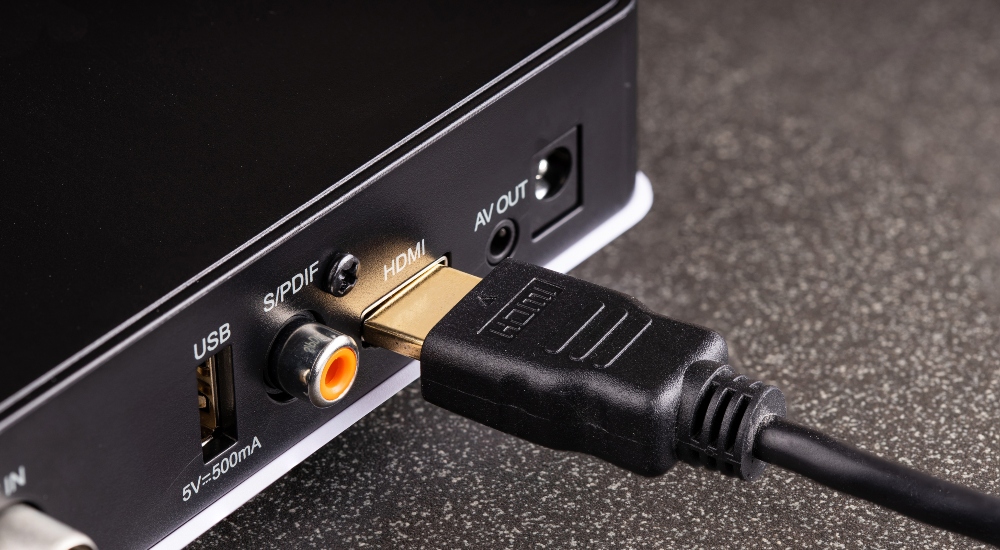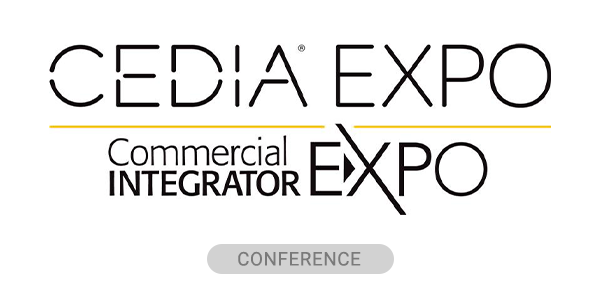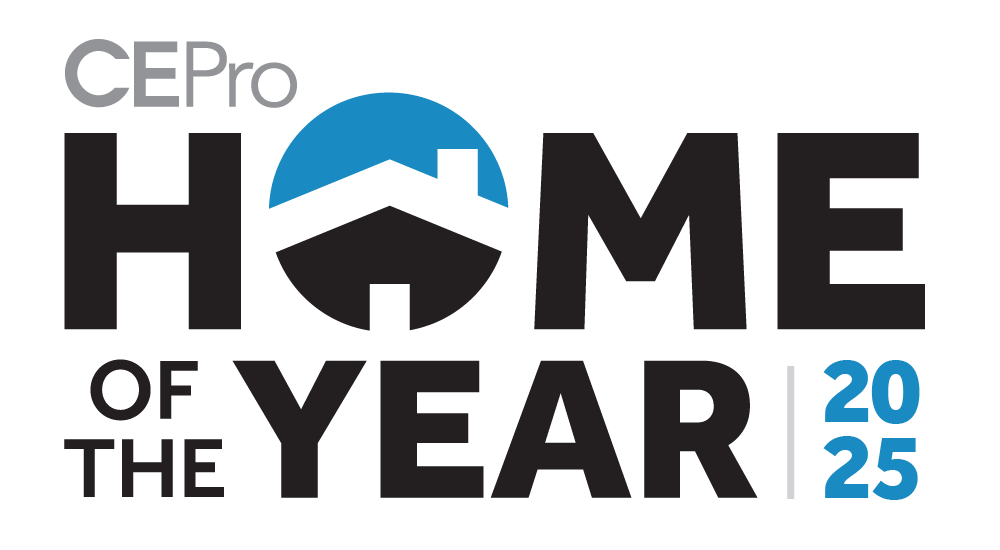HDMI Rev 2.2 (Ultra96) is steadily gaining traction across the HDMI ecosystem, signaling a renewed and collective push among industry stakeholders to expand the frontiers of speed, resolution, and audio performance. These advances, while impressive, bring with them elevated demands on transmission line performance—not just in terms of signal integrity and noise immunity, but also in power delivery. Which reminds me of a prior advancement introduced to HDMI: cable power.
As outlined in a prior article, a long-standing challenge in the HDMI ecosystem has been the insufficient power output from an unpredictable number of source devices—an issue rooted in the HDMI standard’s exceptionally low minimum current specification of just 50mA. While many source devices do in fact deliver more than this baseline, the absence of a guaranteed or consistent output has hindered integrators for years.
For experienced professionals, it’s like working blindfolded—never knowing with certainty what level of power is being supplied by the source. This uncertainty has led to persistent frustration, reflected in erratic device performance, inconsistent interoperability, and a steady stream of service calls. Despite broad industry awareness, the issue has seen little substantive progress toward resolution.
What is Cable Power?
In 2020, HDMI Licensing introduced a potentially transformative advancement: Cable Power. When implemented by source device manufacturers, this feature allows active cable devices to draw up to 300mA of power directly from the source—an innovation that holds significant promise. For integrators and consumers alike, this marked a welcome shift, offering greater assurance that the HDMI bus could now reliably supply the power needed to support active cable technologies. It was a pivotal development, providing a long-overdue increase in available power and delivering the kind of breakthrough the industry had been anticipating for years.
Related News: K-Array adds NDI Certification to its Kommander Series of Amps
Yet as of this writing, it seems that promise remains unfulfilled. We have seen no official product announcements, no marketing campaigns, and no evidence in the field that Cable Power is being implemented in any meaningful way.
Unlike USB, which recently launched USB-C Gen4 EPR supporting a bidirectional 80Gbps of speed and up to 120Gbps in an asymmetrical configuration. With that comes power delivery of up to 240W and voltage levels reaching 48 volts DC and 5 amps of current representing an aggressive push by the USB consortium to surpass not only HDMI, but also DisplayPort and Thunderbolt in both speed and power capabilities.
The Inherent Problem with Cable Power
Here lies the core of the issue: Cable Power is entirely dependent on the source device. Whether it’s a Blu-ray player, set-top box, AVR, or signal processor, the burden of delivering that extra power falls squarely on the source. Without broad adoption and integration of this feature across source hardware, Cable Power remains a well-intentioned specification without practical traction. Without its presences in the marketplace there lacks incentive for many cable makers to increase their power capabilities to 300mA. Without the cable being able to support these current levels it would all be just a waste of time.
A Silver Lining
Then, almost out of nowhere, a new cable development has emerged from China: The General-Purpose Multimedia Interface (GPMI). Early reports indicate that this interface is currently available only within China, but it arrives with some remarkably ambitious specifications—up to 192 Gbps of bandwidth and 480 watts of power throughput. While performance over distance has not yet been disclosed, these figures are certainly attention-grabbing.
However, as with other high-performance systems, it’s important to remember that the power delivery originates from the source device—not the cable itself. For GPMI to deliver on its promise, the cable must be engineered to handle both extreme data rates and high-power levels simultaneously. This is not a trivial requirement and will ultimately determine the platform’s real-world viability.
This technology is definitely one to watch. At this time, DPL Labs has not yet been able to acquire any GPMI-based cable devices for evaluation, but we are actively monitoring developments. As soon as we gain access, we’ll bring our findings to the forefront.
Jeff Boccaccio, president of DPL Labs, can be reached at [email protected], or visit dpllabs.com.
Keep Reading:
See why Jeff thinks there may be some time before we see Ultra 96 offerings
Find out everything there is to know about the new HDMI 2.2 standard
Could one common serial interface be in the cards for future media?
















